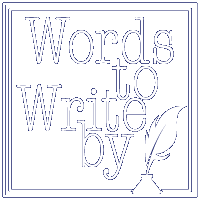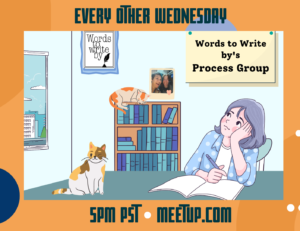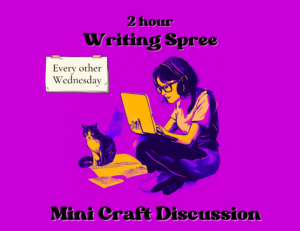Judith Barrington's Writing the Memoir
Chapter 3
Chronological, essays, skipping through time, interspersed non-fiction — there are so many forms that memoir can take. Judith Barrington covers several in her book, Writing the Memoir, and in this episode we discuss the options, and which one is best for your memoir. As a bonus, Renee shares an exercise she’s come up with for finding your memoir’s theme.
Want to hear more of our exercise workshop? We post the bonus podcast, SnarkNotes, and detailed write up of the exercises on our Words to Write by Patreon account.
The Writing Exercise
Write a very short (not more than two pages) memoir about someone outside your family from you childhood. Include you perspective both as a child and as who you are now.
Some Exciting Words to Write by News!
If you’ve ever actually listened to our spiel at the start of the podcast (you know, when we talk over that catchy song?), you’d know that part of the purpose of the podcast was for us to learn, improve, and eventually, hopefully become published authors.
Congratulations Kim!
Well, guess what? Kim Smuga-Otto, Words to Write by co-host extraordinare, has done it! Kim signed with a publisher and has committed to a five book deal! In other words, she’s a published author!!! The first novel of her series will be out next year. She’s currently working on book two.


